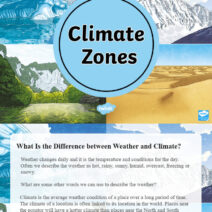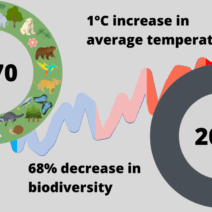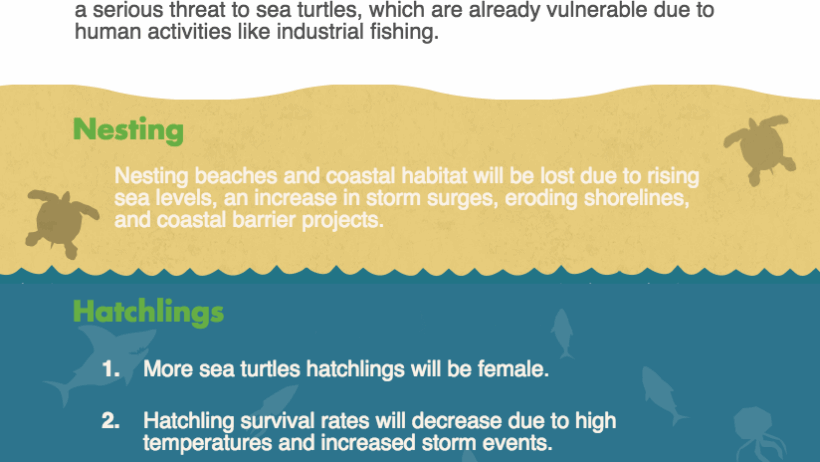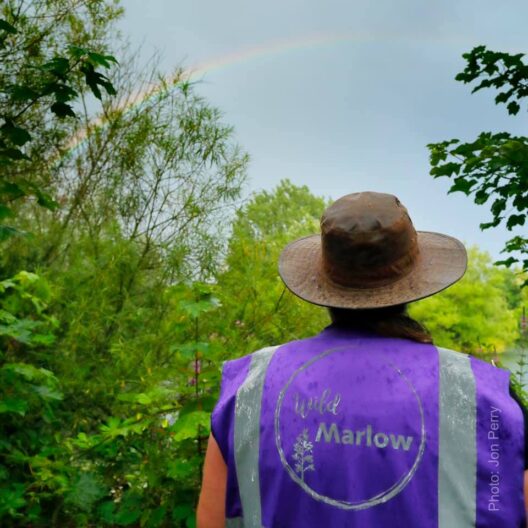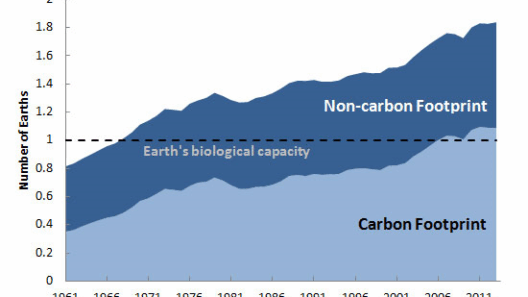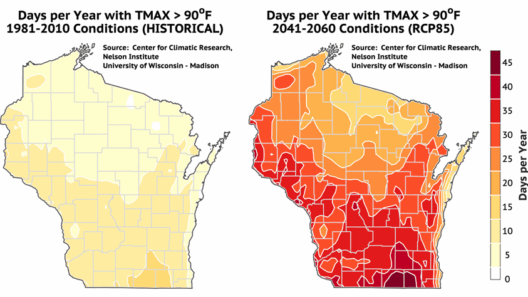What if our oceans, the very lifeblood of countless marine species, became their greatest adversary? The green sea turtle, a species that has thrived for over 100 million years, now faces unprecedented threats as the planet warms. This majestic creature’s fate hangs in the balance, prompting an urgent inquiry into how warming oceans jeopardize its survival.
First, it is crucial to comprehend the life cycle of the green sea turtle, which intricately links these animals to the ecological web of our oceans. These turtles begin their lives on sandy beaches, where female turtles lay eggs in nests dug into the sand. After hatching, the juvenile turtles make the perilous journey to the ocean, which serves as their habitat for growth and development. However, the very beaches they rely on for nesting are being transformed by climbing ocean temperatures and rising sea levels.
As the climate changes, coastal ecosystems are increasingly vulnerable. A plethora of studies indicates that higher sea temperatures lead to increased incidences of beach erosion and habitat degradation. In many areas, some nesting sites are threatened with submersion due to rising sea levels. Consequently, this has dire implications for green sea turtles. If they cannot find suitable nesting sites, their populations will inevitably dwindle.
Beyond nesting habitat, the warming oceans also alter the temperature dynamics crucial for sex determination in green sea turtles. While other marine animals are less affected by temperature changes, turtles possess a unique reproductive trait – the temperature of the sand in which their eggs incubate determines the sex of the hatchlings. Warmer temperatures skew this sex ratio towards females, creating an ecological imbalance that could jeopardize reproduction.
Moreover, warming oceans intensify the threat of habitat destruction through coral bleaching. Coral reefs, vital in maintaining ocean biodiversity, serve as feeding grounds for adult green sea turtles. Elevated sea temperatures lead to the expulsion of symbiotic algae from the coral, resulting in bleaching, which diminishes the availability of food sources. The decline of coral reefs, thus, directly affects the well-being of green sea turtles, compounding the challenges they face in a warming world.
Ocean acidification, a byproduct of increased carbon dioxide levels in the atmosphere, further complicates the ecological landscape for green sea turtles. As CO2 is absorbed by seawater, it alters the chemical composition, affecting the reproductive success of marine organisms, particularly those with calcium carbonate shells, like certain algae and invertebrates that green sea turtles often feed on. The decline of these food sources heightens the risk of malnourishment and survival challenges for these turtles.
Furthermore, the implications of warming oceans extend beyond direct influences on habitat and food sources. Pollutants and toxins accumulate in coastal waters, exacerbated by increased rainfall and runoff, which can lead to harmful algal blooms. These blooms not only hinder the growth of seagrasses, a critical food source for green sea turtles, but are also toxic, further complicating their survival. As the turtles ingest contaminated algae or seagrass, the resulting toxins can lead to mortality or long-term health issues.
The plight of green sea turtles is inherently tied to human actions. The marine environments that these turtles inhabit are influenced by fisheries, tourism, and coastal development, all of which are exacerbated by climate change. Overfishing and bycatch represent grave threats to green sea turtles. As fish stocks dwindle due to warming ocean currents, turtles often find themselves entangled in fishing gear or inadvertently caught. This entanglement leads to injury or death, which adds another layer to the challenges already facing the species.
Mitigating these challenges necessitates our collective responsibility. In addressing the threats posed by warming oceans, there is an urgent need for conservation measures focusing on reducing greenhouse gas emissions to tackle climate change at its source. Habitat protection, restoration of nesting sites, and maintaining the health of marine ecosystems like coral reefs are vital steps towards safeguarding green sea turtles.
Beyond these conservation measures, raising public awareness is paramount. Communities must understand that their actions have consequences, and by fostering a profound respect for marine ecosystems, a sense of stewardship can emerge. Educational initiatives, policy changes, and community engagement can foster the participation needed to protect these vulnerable species.
In conclusion, as we ponder the playful question of whether our oceans are friend or foe to the green sea turtle, the challenge is swift and evident: if we do not intervene, the balance of marine ecosystems will tilt tragically against this ancient species. The battle against climate change requires resolute action, vigilance, and advocacy to ensure that green sea turtles, symbols of resilience and grace in our oceans, continue to thrive rather than face undo extinction. Our oceans need champions, and green sea turtles deserve their place in our shared future.
